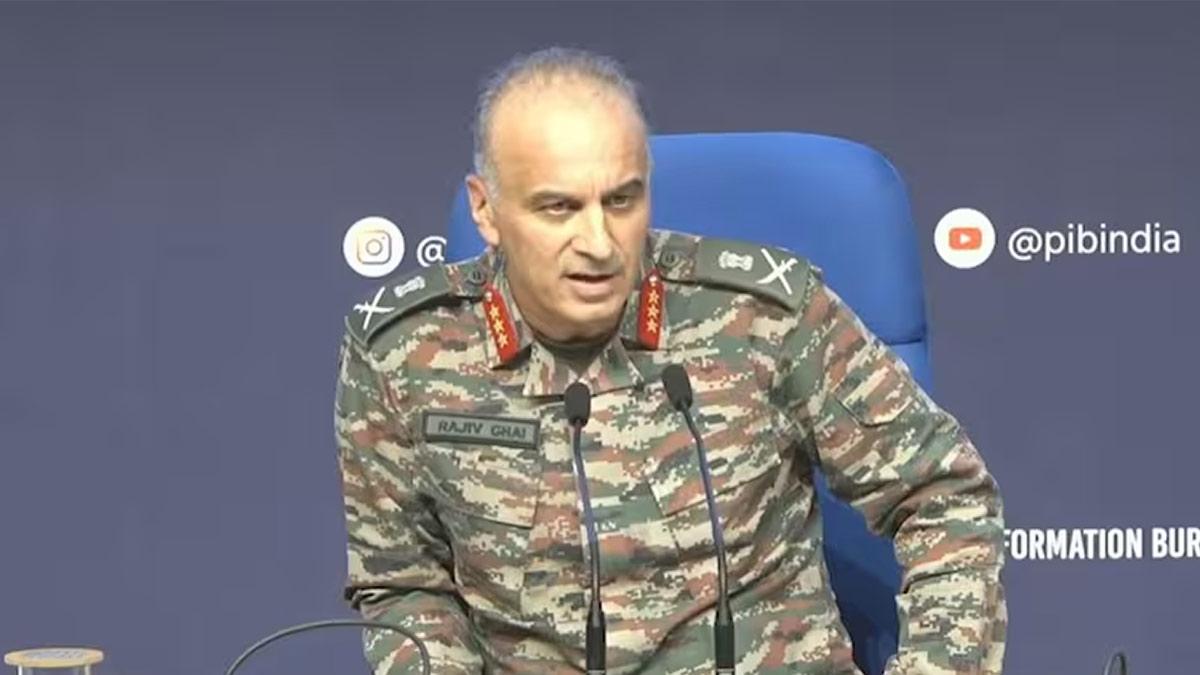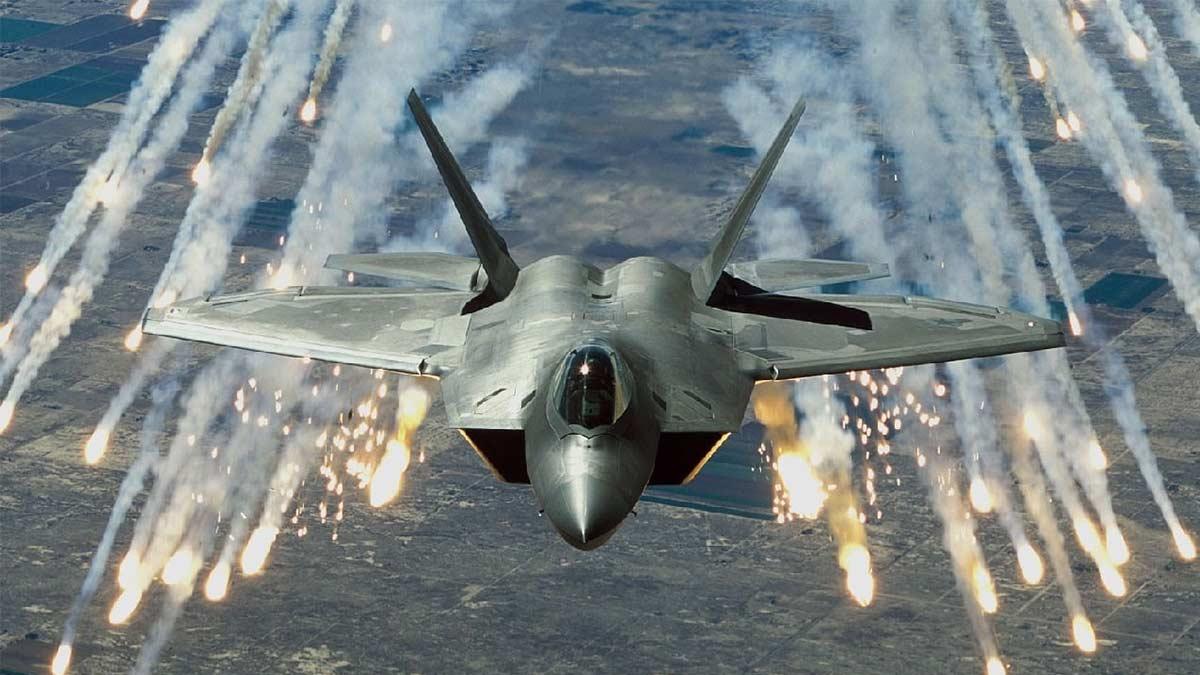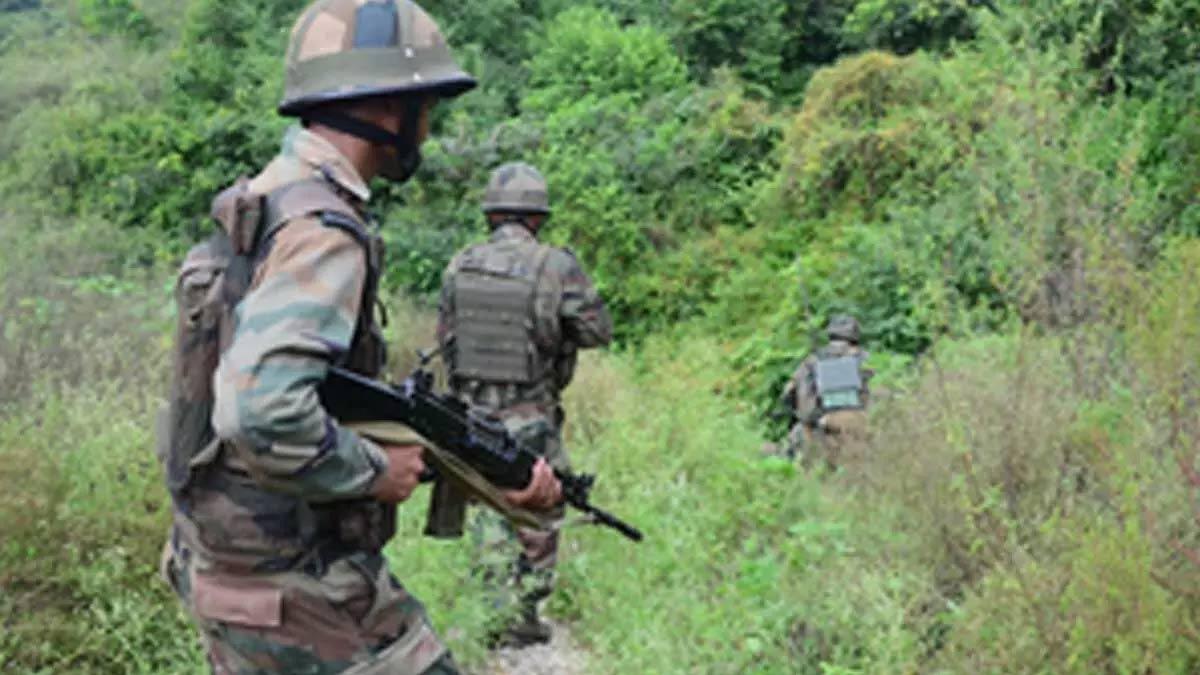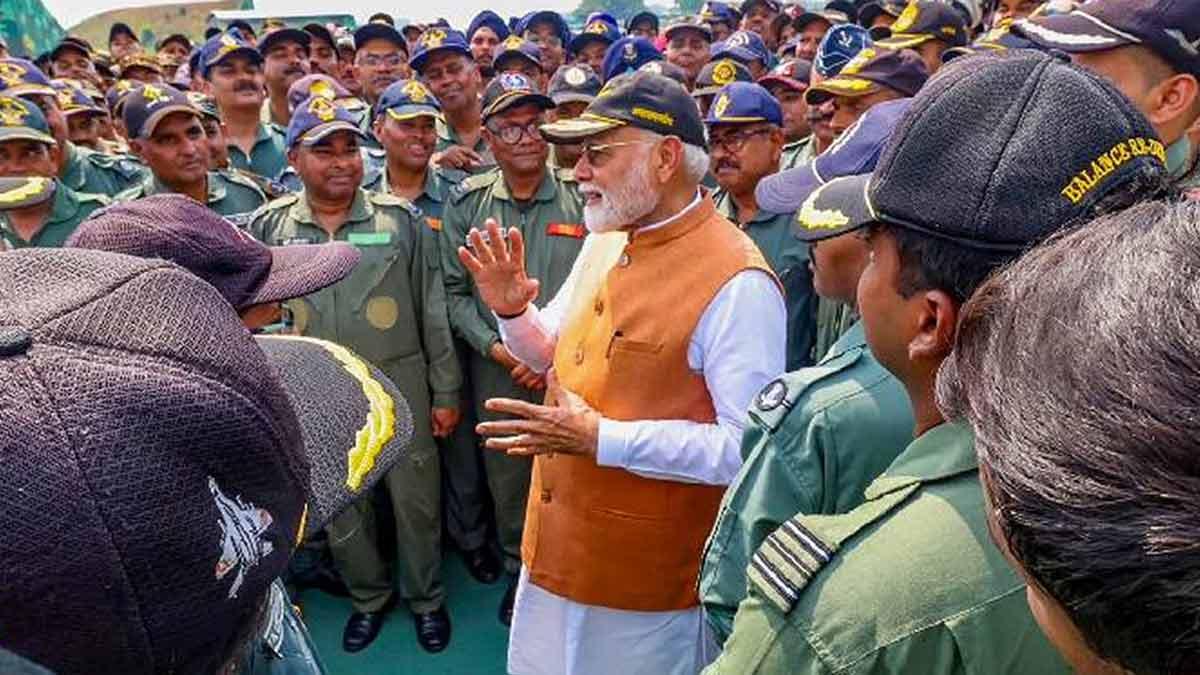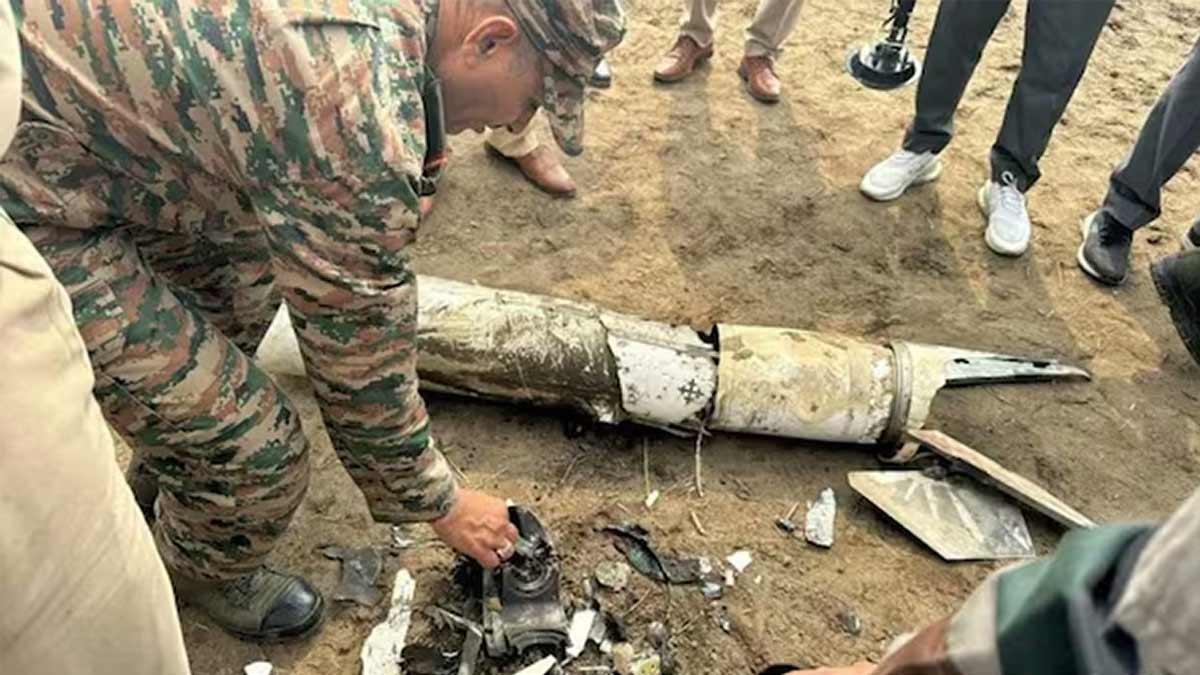Two days after committing to suspend military operations after Operation Sindoor, Indian and Pakistani Director Generals of Military Operations (DGMOs) met once again on Monday and "agreed that both sides consider immediate measures to ensure troop reduction from the borders and forward areas."
At 5 pm on Monday, Indian DGMO Lt General Rajiv Ghai had a conversation with his Pakistani counterpart, Major General Kashif Abdullah, their second since Saturday when the two sides agreed to stop military operations.
A statement by the Indian Army said that in their conversation, they emphasized keeping up the promise not to take any hostile action or fire shots. Also, the two sides came to an agreement on looking for opportunities to withdraw troops from along borders and in forward areas. Earlier, Indian Armed Forces had unveiled visual evidence demonstrating the damage that was wrought to 13 Pakistani military establishments during retaliatory action. Indian forces also insisted that a multi-tiered air defense and counter-drone grid thwarted efforts by Pakistan to strike several Indian military and civilian targets last week.
Operation Sindoor: An Overall Defence System
Briefing the media on the operation, Lt General Ghai, Indian Air Force (IAF) Air Marshal A.K. Bharti, and Navy Vice Admiral A.N. Pramod spoke of the advanced countermeasures adopted to counter Pakistan's attacks. The Pakistani armed forces had launched a range of weapons, from Chinese-manufactured missiles to Turkish drones, armed UAVs, and loitering munitions in trying to target places in India.
Lt General Ghai described India's strong air defense systems using a cricket analogy, saying, "Targeting our airfields and logistics is extremely difficult. I saw that Virat Kohli has just retired from Test cricket.". He is among my favorites… In the 1970s, when Australia played England in the Ashes series, two Australian bowlers annihilated the batting line-up of England, and they used the proverb, 'Ashes to ashes, dust to dust, if Thommo don't get ya, Lillee must'. You can see our air defence layers and know what I mean. Even if you evade some, our system will hit you anyway.
Multi-Layered Defence System
The Indian defence officials explained the multi-layered defence network that effectively countered many Pakistani attacks. Air Marshal Bharti spoke of a point defence system with low-level air defence guns and shoulder-fired missiles, with fighter jets and long-range missiles providing aerial defence. Surveillance radars were also a part of this system.
Lt General Ghai observed that the grid was divided into multiple layers, with the initial layer consisting of counter-drone systems and MANPADS (Man-Portable Air Defence Systems). The second and third layers consisted of point air defence and surface-to-air missiles, respectively, and the fourth layer consisted of long-range surface-to-air missiles. These layers created a complete shield that effectively intercepted Pakistani drones, missiles, and other threats.
Air Marshal Bharti went on to elaborate that Pakistan's drones and UCAVs, including Chinese-sourced PL-15 air-to-air missiles and Turkish-sourced Yiha systems, were effectively nullified by India's domestic counter-UAS systems, both hard and soft-kill, along with highly trained air defence teams. The Integrated Air Command & Control System (IACCS) ensured a net-centric operational capability, enabling a seamless and effective defence system.
Naval Defence Measures
Vice Admiral Pramod discussed the Navy's capability to constantly keep watch and neutralize threats as they appeared. The layered Fleet Air Defence system of the Navy efficiently managed different threats like drones, missiles, and hostile aircraft. He stated that the fleet remained composite in nature, with it having an extensive surveillance bubble using cutting-edge radars.
The deployment of our aircraft carrier with its integrated Air Wing, consisting of Mig-29K fighter aircraft, and airborne early warning helicopters, deterred any hostile or suspicious aircraft from approaching the Carrier Battle Group," Vice Admiral Pramod explained. The Navy's offensive power compelled Pakistani aerial components to stay restricted in the Makran coast, thus negating any prospect of threat in the sea space.
In short, India's multi-layered air and naval defense systems worked in tandem to defeat Pakistan's efforts to build tensions, countering a variety of threats and providing cover for key military infrastructure.
Read also| Indian Army Reacts to Recent Drone Sightings in J&K's Samba
Read also| Satellite Data Shows India Targeted 15 Terrorist Camps, Including LeT Headquarters

